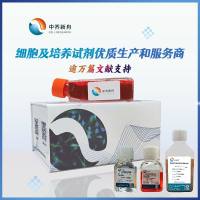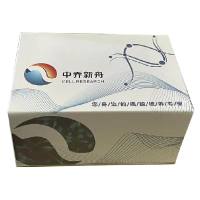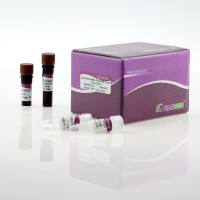Focus on PCR
互联网
More than 15 years after its initial description, the polymerase chain reaction (PCR) has become a standard molecular biology tool and is the most widely used method of nucleic acid amplification.
The procedure is based on the ability of DNA polymerase to copy a strand of DNA by elongation of a complementary oligonucleotide primer. As use of PCR has increased, scientists have improved upon the initial PCR method with valuable modifications. Today PCR is performed in multiple formats including single tubes and multi-well plates.
Fairly precise quantitative techniques have been developed from the basic technology allowing the amplification process to be monitored. The PCR technique has become an important basis for an expanding number of molecular diagnostics applications.
The Basics
As originally described, PCR exploits the DNA replication mechanisms of the cell. Using a thermostable DNA polymerase, two oligonucleotide primers (usually between 18 and 28 nucleotides in length) and deoxynucleotide triphosphates (dNTPs), a specific DNA sequence is amplified exponentially.
The primers flank the region of interest and are complementary to opposite strands of the template DNA (see Figure 1). PCR involves repeated replication of template
DNA via a series of cycles. Each cycle consists of three stages:
• Template denaturation
• Primer annealing
• Primer extension
During denaturation, the strands of the DNA template are separated at an elevated temperature. When using Taq DNA Polymerase,this temperature is typically 94-95°C and lasts 45 seconds to a few minutes.
In the second stage, annealing, the primers are annealed to the template. Temperature is critical to the proper attachment of the primer to the single-stranded DNA template. A typical annealing temperature is 3-5°C lower than the calculated melting temperature of the primers.

During the final stage, primer extension, the thermostable DNA polymerase carries out DNA synthesis. This part of the reaction is carried out at or near the optimal temperature required by the thermostable DNA polymerase. When using Taq DNA polymerase this temperature is 72-78°C and lasts about 1 minute for every
1000 bp of product. Depending upon the annealing temperature of the primers, the primer annealing and extension stages can be combined into one step, usually carried out at 72°C.









